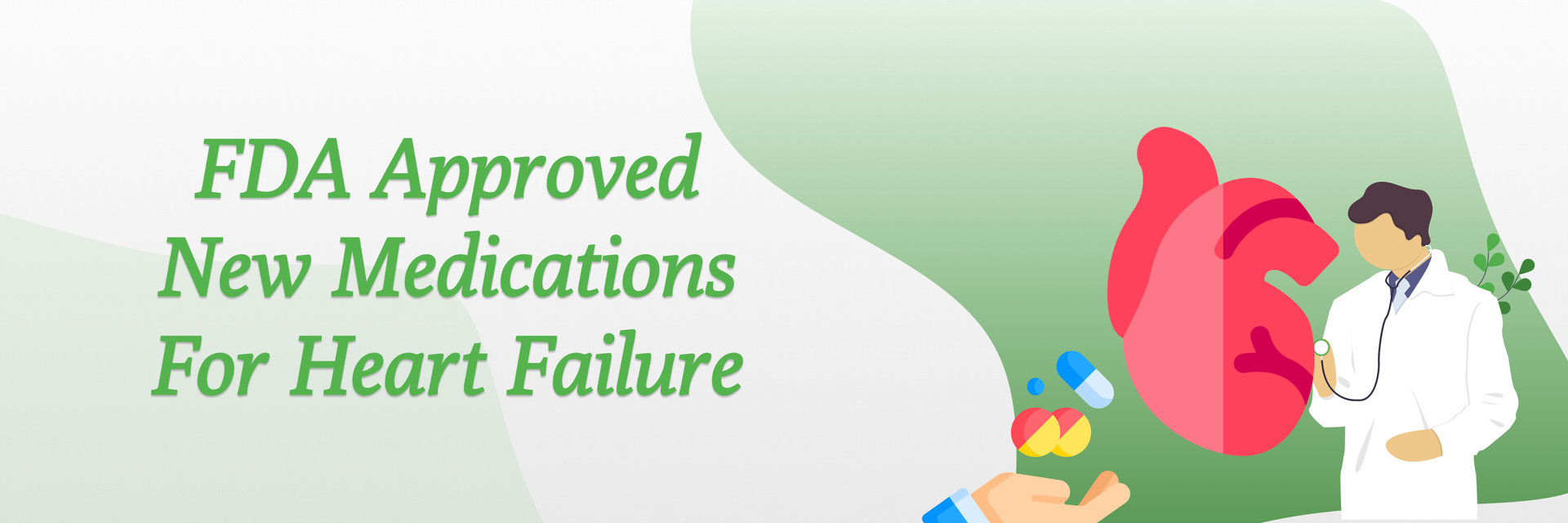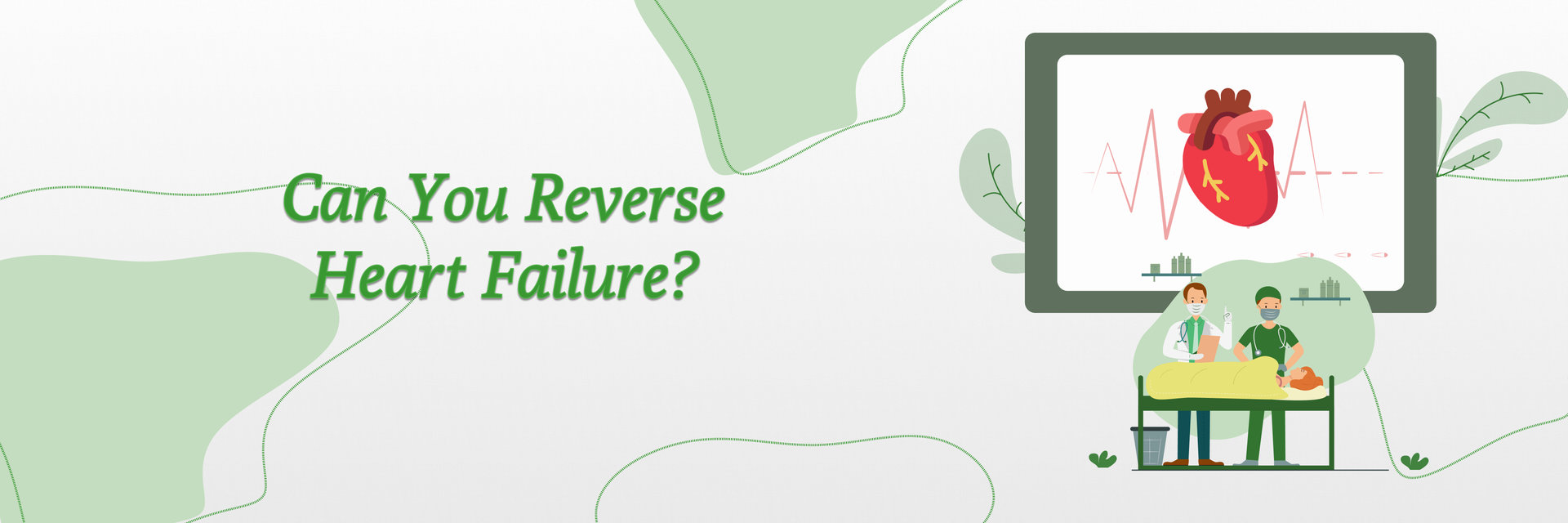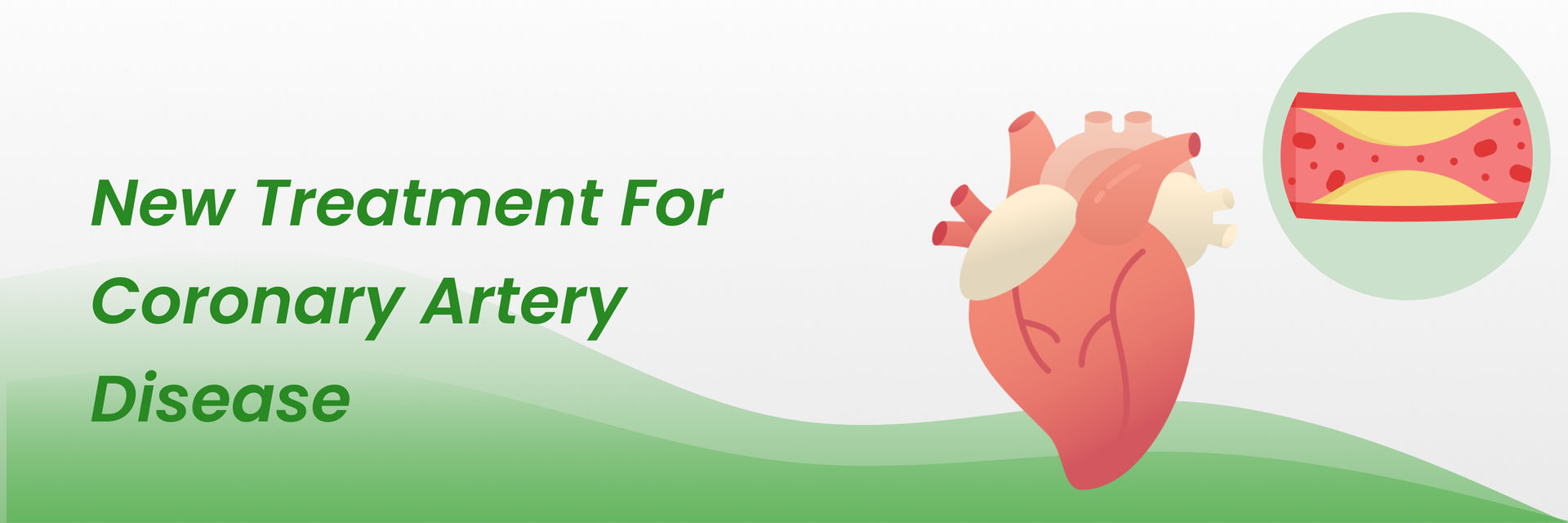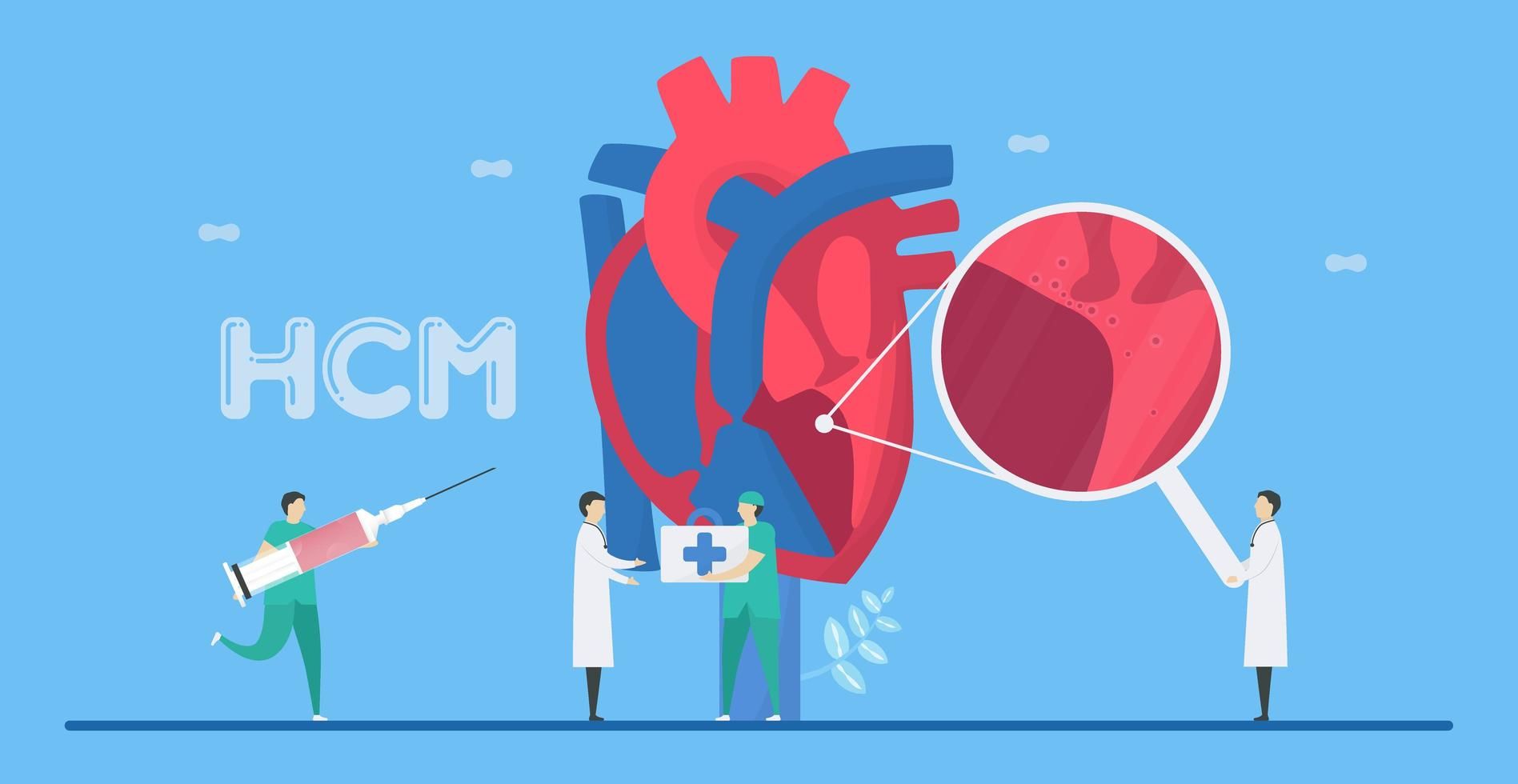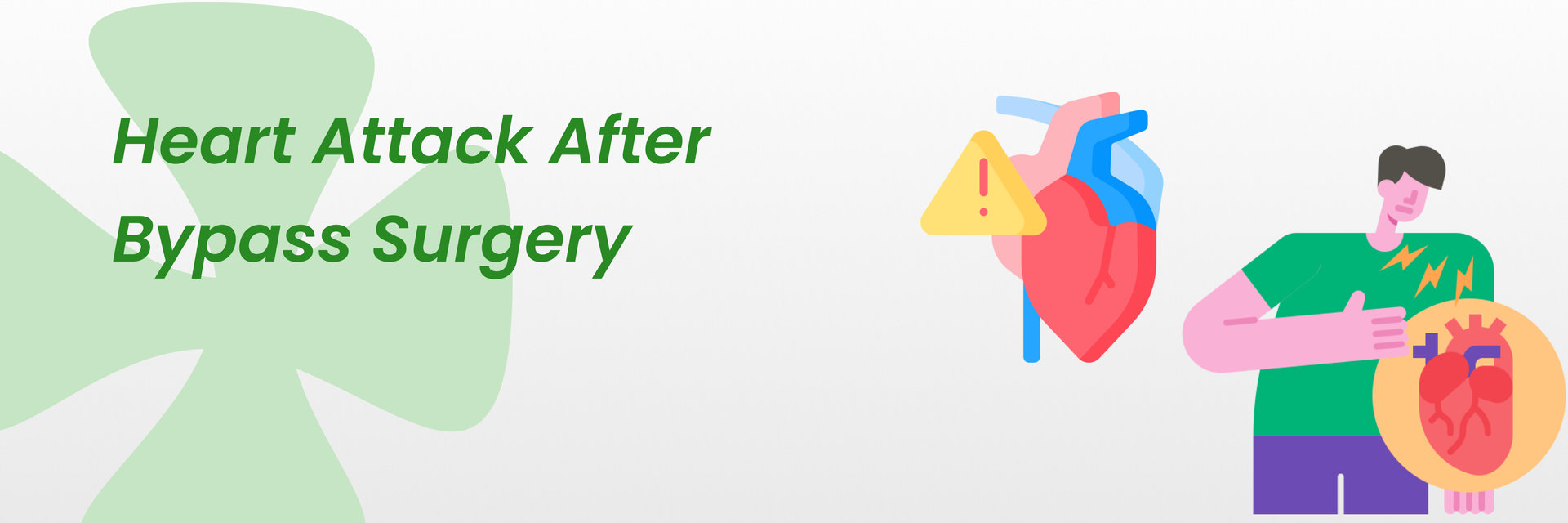Chronic Heart Failure (CHF) is when the heart cannot efficiently pump blood. It causes an insufficient supply of oxygen throughout the body. Chronic Heart Failure is a long-term condition in which the heart's efficiency reduces over time.
Reports suggest at least 26 million people have Chronic Heart Failure worldwide. Unfortunately, the number of patients with CHF worldwide is not yet identified.
But what's even worse is that reports suggest the number of patients with CHF is increasing at an alarming rate. Hence, identifying and treating Chronic Heart Failure is a significant concern globally.
Chronic Heart Failure has no known cure. Yet, it is possible to prevent its growth with . The primary treatment approach for chronic heart failure typically involves a combination of medications to improve heart function. However, there are some situations where other treatment options like open heart surgery or consultation with a cardiologist may be considered for chronic heart failure.
In this article, we have discussed one such treatment. So make sure you read it to the end!
What is the New Treatment for Chronic Heart Failure?
Furoscix is the first and only self-usage therapy for congestion associated with chronic heart failure. It received FDA approval on October 2022. Furoscix is administered under the skin with a wearable infuser placed on the patient's abdomen.
Once the infuser is activated, it will continue to deliver an 80-mg dose of Furoscix to the body for over five hours.
Furoscix treats congestion associated with heart failure by lowering fluid overload in patients with NYHA Class II and III chronic heart failure who do not need hospitalization but have not experienced a complete response to oral diuretics.
In a press release William T. Abraham, MD, professor of Internal Medicine, Physiology and Cell Biology at The Ohio State University said, “The FDA’s approval of Furoscix is significant and will allow patients to be treated outside of the hospital setting, and I look forward to incorporating it into my own practice as quickly as possible.”
Company officials have announced that this new treatment for Chronic Heart Failure will be launched in early 2023. However, they have not revealed any information regarding its cost.
Are there any Side Effects?
Like any other medicine Furoscix too has adverse effects. No matter how minimal, one should be aware of them!
We have mentioned the known side effects of Furoscix below. Please read them carefully!
Furoscix has undergone several clinical trials for many years. The following are the adverse effects identified in the results of the tests:
Furoscix may have meager side effects, yet it is not recommended for everyone! Furoscix can cause severe consequences for patients with certain conditions.
We have mentioned them below. So please pay attention!
Who are not Eligible for Furoscix?
- Patients with acute pulmonary edema.
- Patients with anuria
- Patients with known hypersensitivity to furosemide
- Patients with hepatic cirrhosis
- Patients with ascites
There are several other factors one should keep in mind before considering Furoscix.
We have discussed them in detail. So make sure you don't miss out!
What do Patients need to Know Before Considering Furoscix?
- Furoscix can cause fluid, electrolyte, and metabolic abnormalities in elderly patients and other groups.
- Monitoring electrolytes, blood urea nitrogen, and uric acid are essential during Furoscix treatment.
- Furoscix may cause diuresis. It can lead to dehydration and blood volume reduction with circulatory collapse. It increases the chances of vascular thrombosis and embolism, especially in elderly patients.
- In patients with hepatic cirrhosis and ascites, fluid and electrolyte imbalance may unexpectedly cause hepatic encephalopathy and coma. It is preferred for such patients to take the treatment in a hospital.
- Furoscix can cause azotemia. It should be discontinued if azotemia and oliguria occur during severe progressive renal disease treatment.
- Cases of Tinnitus, hearing impairment, and deafness have been reported with Furoscix.
- Reports usually indicate that ototoxicity is associated with rapid injection, renal impairment, more than recommended doses, and low blood protein levels.
- Patients taking concomitant treatment with ethacrynic acid, aminoglycoside antibiotics, or other ototoxic medications have higher chances of ototoxicity.
- Patients with urinary tract infections need to be careful, especially in the early stages of Furoscix treatment.
References:
https://www.pharmacytimes.com/


